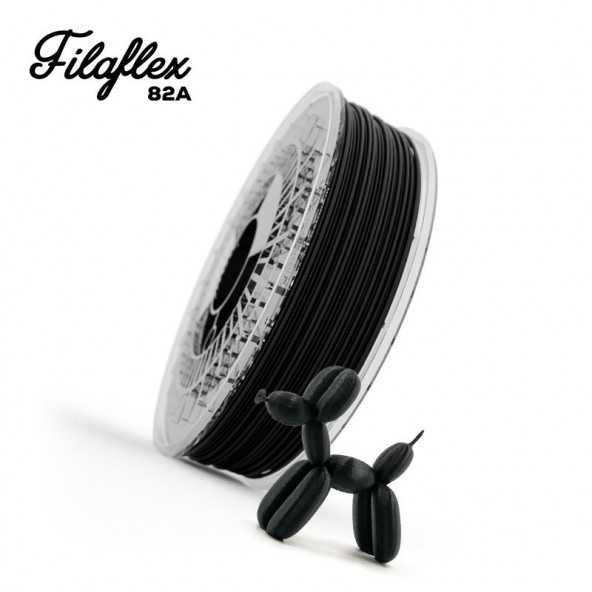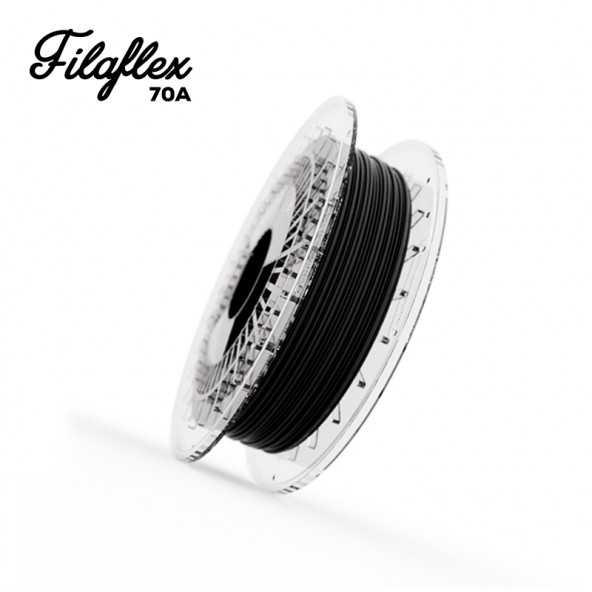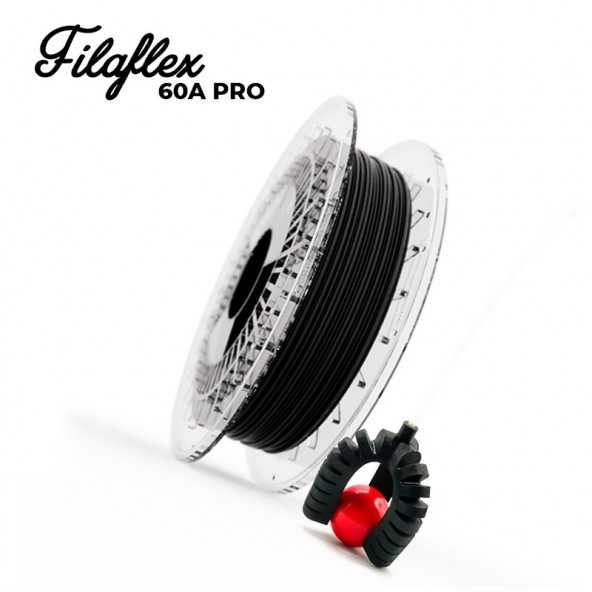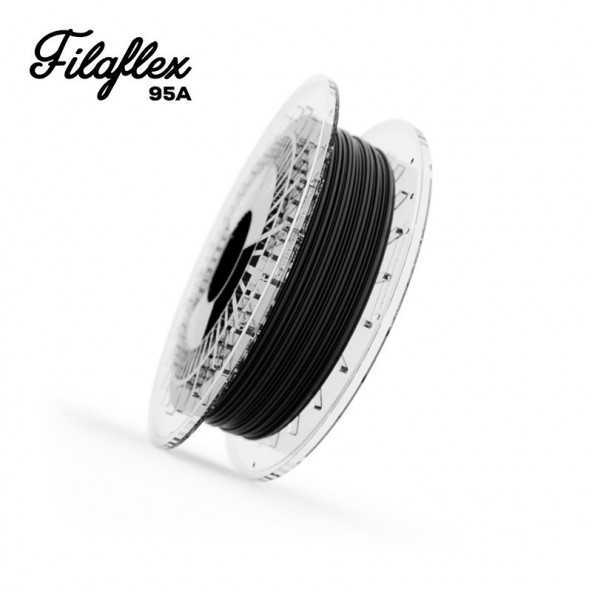Sew Printed, the 3D printing channel that brings you closer to flexible filament printing in a didactic and practical way
Self-taught, creative, restless, curious and energetic, that's Krizia Medero, the soul behind the channel and social media account 'Sew Printed'. Driven by her interest in demonstrating that any garment or everyday object can be made with 3D printing, she has decided to prove it by creating her own channel. And, in addition, she has done so by applying a simple methodology, leaving aside the technicalities and inaccessible content that usually abound in this sector, showing a language and a fresh and close vision, understandable to everyone. With his new idea and clear perspective he intends to bring this technology closer and make it accessible and understandable for everyone, reaffirming its potential to revolutionize the world of fashion, architecture and design. Let's meet her!
Video: By Anna Stroh from Stroh and Co Films.
Hi, Krizia, could you introduce yourself and tell us what you do?
My name is Krizia and I’m a professional architect. I share my 3D printed fashion designs by means of tutorials on social media from my Sew Printed account.
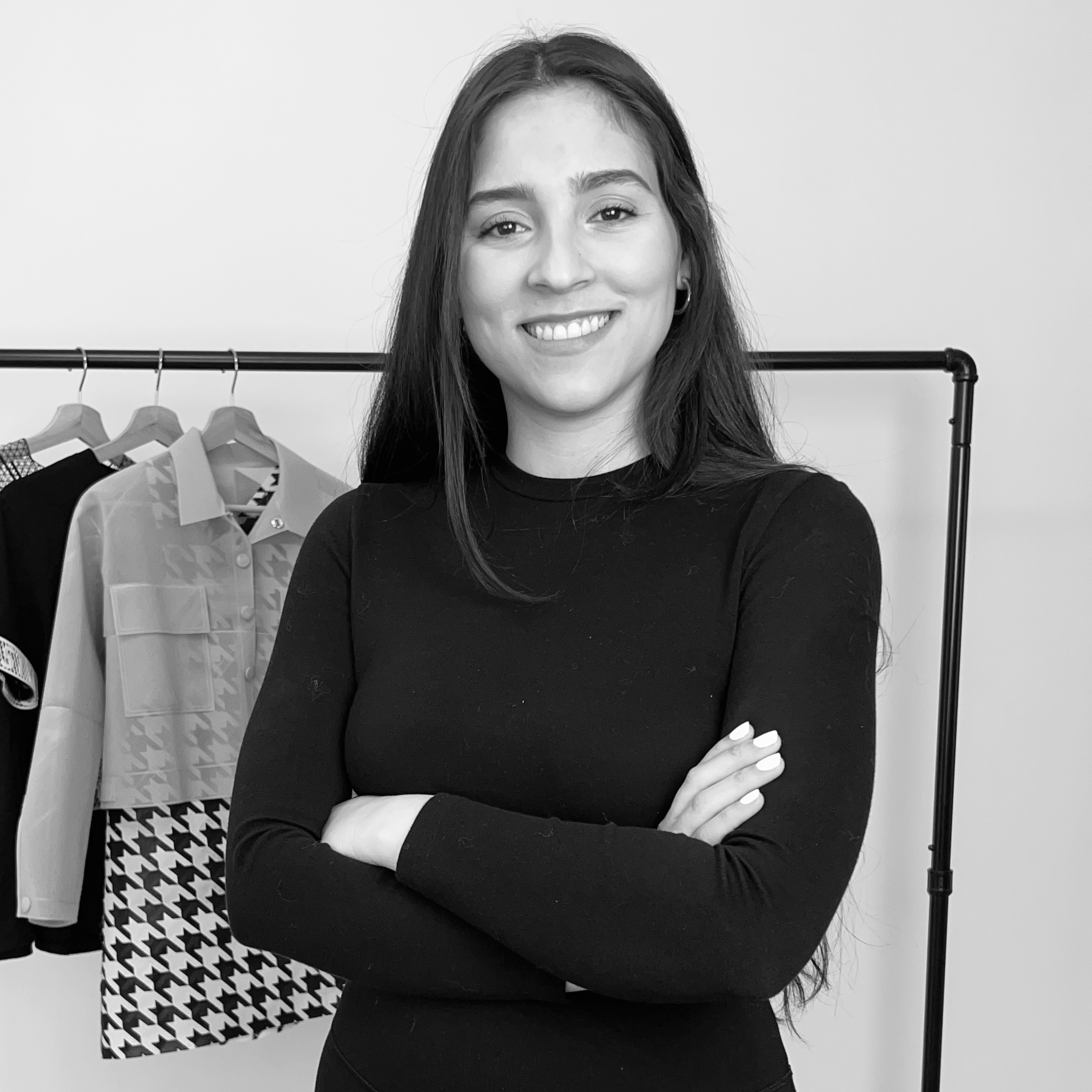
How did your passion and interest in 3D printing come about?
My passion for 3D printing began while I was studying architecture. I watched a lot of YouTube videos about 3D printing and was fascinated by the technology; I still am. A few years ago, I stumbled upon a video of Danit Peleg, which showed her totally 3D printed collection and that brought me into the world of 3D printed fashion.



Images above: Three textile samples 3D printed with Filaflex 82A from Krizia Medero's Instagram account, @sewprinted.
How does this 'Sew Printed' channel arise?
I’ve always loved YouTube. The idea of someone having an interest and then learning, creating, and sharing it with an audience, has always fascinated me. Ever since I was in high school, I had been telling myself “One day I’m going to start a YouTube Channel” without knowing when or what it would be about. Frankly, I had always been scared to take the leap, but once I figured out what I wanted to share, taking that first step became a lot easier.
Video from the YouTube channel 'Sew Printed' by Krizia Medero.
How and why did you choose the theme 'Fashion' created with 3D printing technology?
I’ve always liked seeing others create personal creative projects that push the boundaries of the expected and conventional. When I started getting into the world of 3D printing, I would binge-watch videos from channels like Make Anything, and RC Life On as well as other fashion and DIY channels. Although there were some YouTube videos of people 3D printing shoes, and fabric at the time, there wasn’t any YouTube Channel solely about 3D printing fashion and wearables. I knew of professionals, designers, academics, and fashion brands (like Iris Van Herpen, Julia Koerner, and Neri Oxman) that were exploring 3D printing for fashion, but I failed to find any “Do It Yourself” resources on social media that openly discussed the topic, and experimented with techniques through tutorial videos. I figured there may be others that would also like to learn about 3D printing fashion and were looking for a starting point. This made me finally start the YouTube channel I’d always wanted to start and I began documenting my 3D printing fabric experiments and wearables.



Left image: 3D Printed 'Houndstooth' Overall-Dress with Filaflex.
Middle image: Several bags with different formats and styles, all printed with Filaflex.
Right image: Dress and bag, both printed with Filaflex.
How did you learn to create textiles and fashion pieces with the printers?
I mostly learned what I know from watching my favorite 3D Printing channels on YouTube and figuring things out on my own through experimentation. I learned how to assemble a printer, how to print flexible filaments, how to adjust print settings, etc. all on YouTube. I started paving my way, learning through mistakes and sharing them with others. My first creations were small little textiles squares that I would print on my $150-dollar Creality Ender 3 with my single spool of FilaFlex Filament. Those first prints were messy, but as I kept printing, I learned more and was able to share more. Experiments became purses and from purses, I went to sandals, from sandals I went to T-Shirts, from T-Shirts to Jackets to then finally using 3D printing for my own wedding dress. I didn’t have it all figured out in the beginning (and I still don’t) but I always like to share what I make regardless. I truly appreciate the community of 3D printing enthusiasts online. There’re always people that want to lend a hand, give suggestions to make your ideas better, and are just very supportive.





Above: Krizia's wedding dress, designed and printed with Filaflex by herself.
You say that you started printing with our Filaflex filament, how did you discover it?
I had seen Danit Peleg’s collection and noticed that Filaflex 82A was the material she used to make her very fluid pieces. From that moment, I couldn’t wait to get my hands on a spool of filament.
Do you like to print more with flexible or rigid?
Because of what I do, I’m biased towards flexible materials. They have the most similar feel to some of the fabrics that are used in traditional garment-making methods. Most people have a hard time printing flexibles, but I actually find them easier to print than rigid filaments. Like anything, you just need the right tools; a direct drive extruder printer, the right print settings, and patience.
What are your favorite materials to print?
My favorite materials are unexpected materials. Filaments made from bioplastics, and recyclables can truly show the potential that this technology has to transform what we would normally consider waste. Of the materials readily available today, TPU, Filaflex 70A and 82A especially, are my favorites.
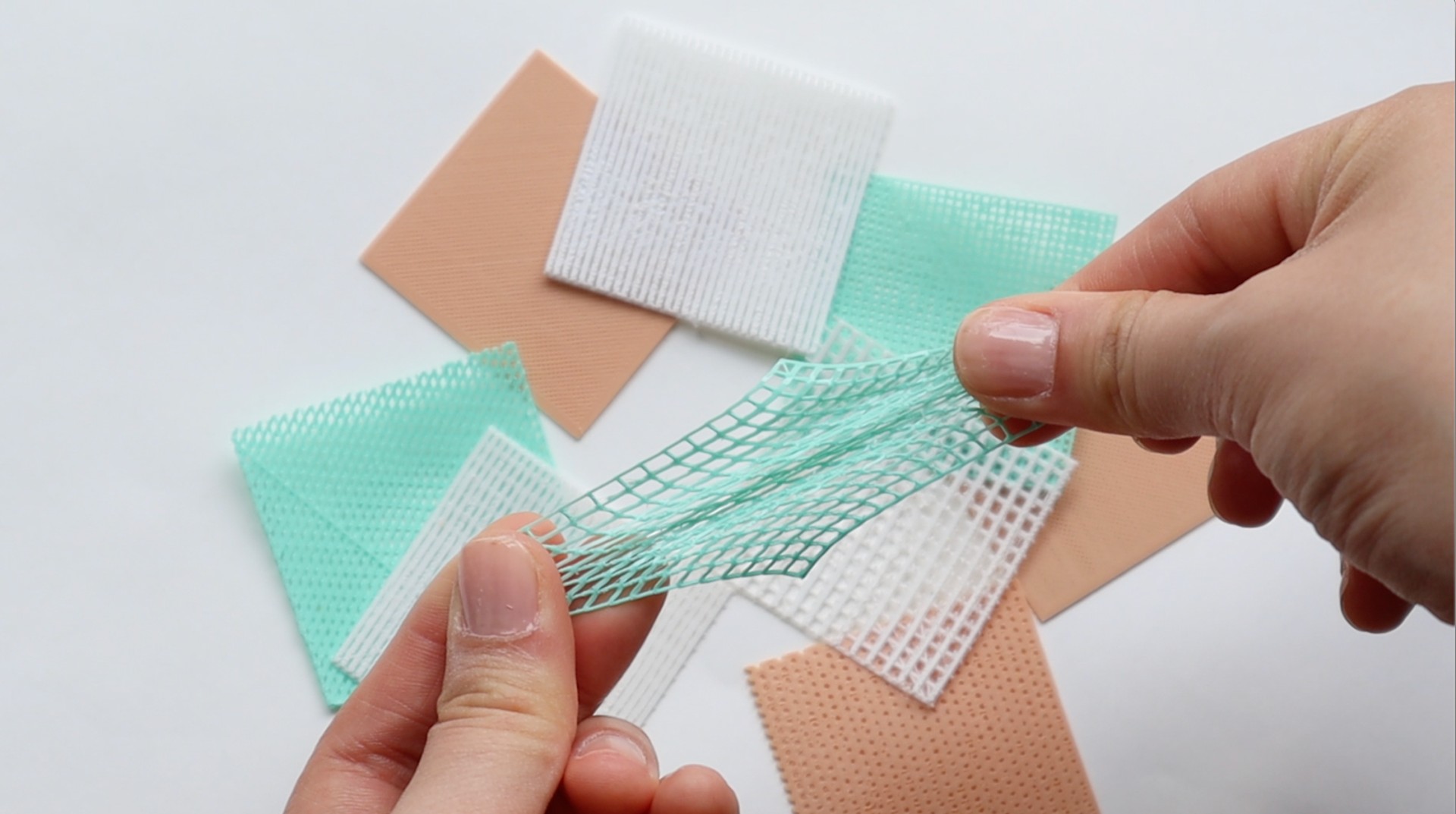
Several tests of parts of different textures printed with Filaflex flexible filament.
How important is the material in creating your projects?
Materials are one of the most important things in Fashion. Designs work in function of the materials. What are the strengths and weaknesses of the material you are working with? What would make it perform the best? All these questions are crucial when coming up with an optimal design. This way we are not fighting against the material’s nature, but utilizing its strengths to turn it into something great.


Above images: Left, detail of bag printed with Filaflex. Right, Sleeve detail of a jacket fully printed with Filaflex.
Where do you get the ideas to print and create those creative projects that you publish?
Most of my ideas come from experiments, architecture, movies, stories, and other types of art, as well as my own personal style. I love telling stories with the things I create so I always try to produce projects that people would be able to connect with. That way, my videos not only show the process of ‘how to’ but also ‘how did I get here?’ and ‘why do I think this has value?’.
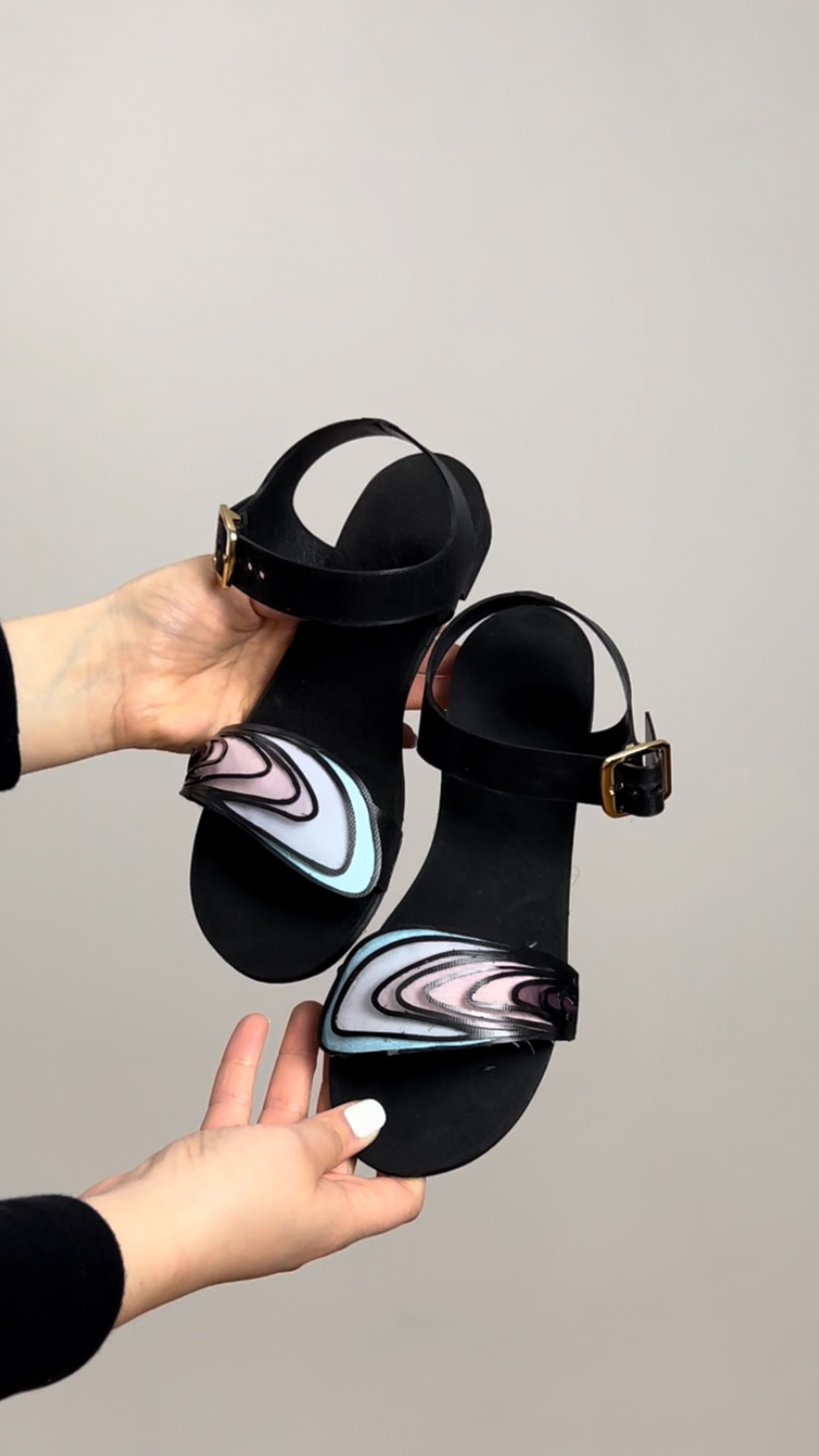
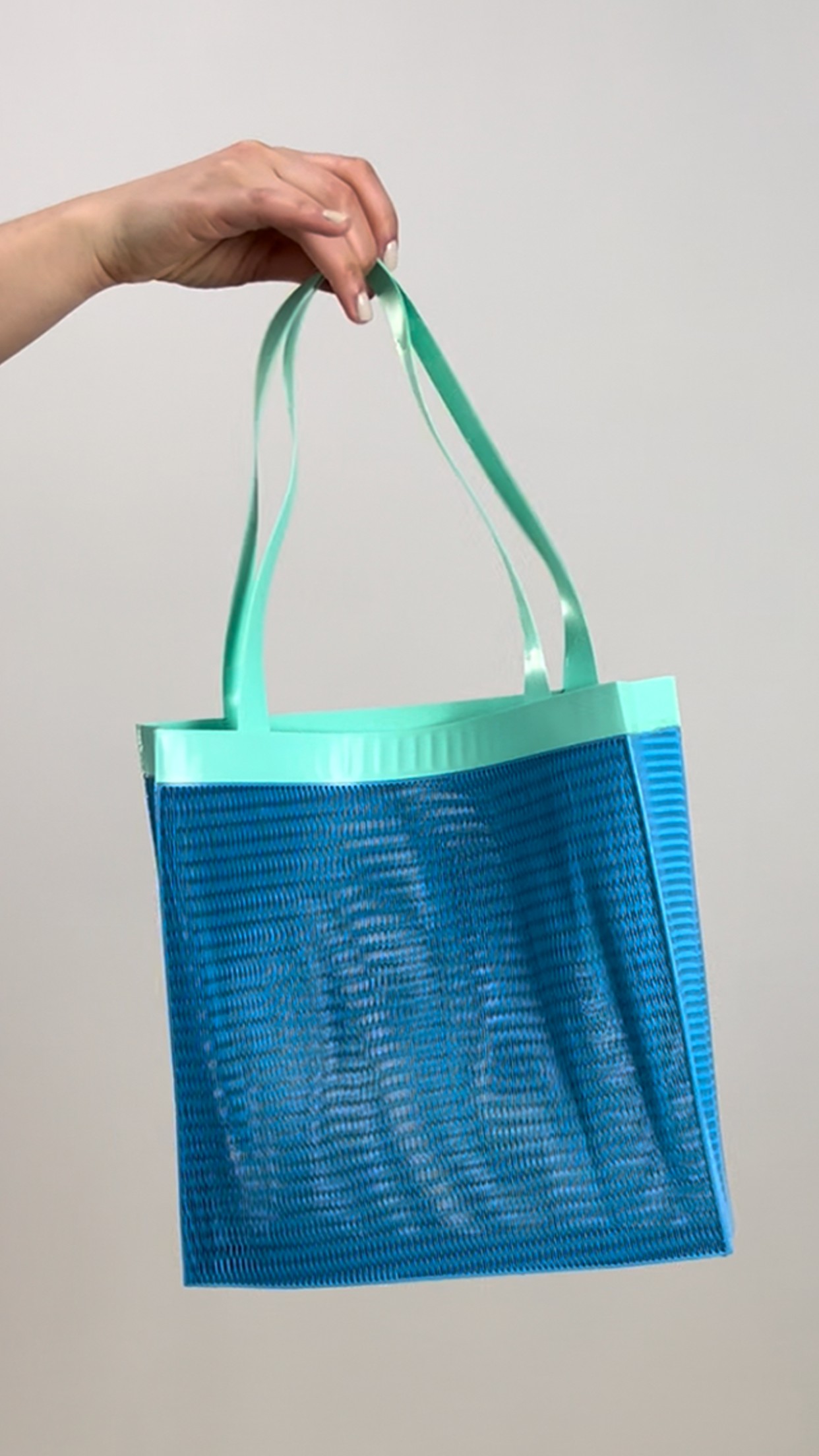
Images above: On the left shoes printed with Filaflex and on the right bag also printed with Filaflex flexible filament.
How do you or what inspires you to create with 3D printing technology?
There is so much untapped potential to 3D printing technology. Thinking about new applications for it truly inspires me to create. Whether it’s in optimizing printers for 3D printing textiles, experimenting, or developing new materials, 3D printing has a place in the future of the fashion, architecture, and design industries. I always like to keep pushing the boundaries of what can be 3D printed and what materials can we 3D print with. I’m always asking myself questions like: ‘Can 3D printing help turn single-use plastics into purses or into shoes?’ ‘Will 3D fabric 3D printers one day be available to purchase like sewing machines?’.
What projects do you have in the future? What will be your next steps?
I’ve just started on my most exciting project yet. I’m 3D printing a collection of garments. My intention with this collection is for it to be a benchmark of what is possible with 3D printing fashion at this moment and time. My plan is to innovate with silhouettes as well as materials. I plan to use materials such as Recreus’ Filaflex Purifier, Filaflex Conductive Filament, Reciflex, and the most flexible filaments on the market (Filaflex 60A and 70A). I’m really excited about this collection, and I hope I can share my ideas even with people who have never heard of 3D printed fashion before. 3D printing fashion is still in its beginning stages, and I can’t wait to keep pushing the boundaries of what it can be and help take it into the future.
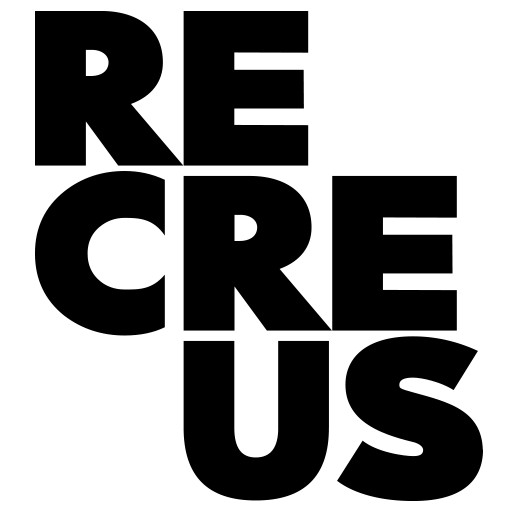
 de
de  es
es en
en fr
fr it
it